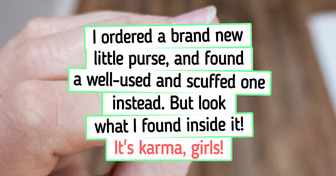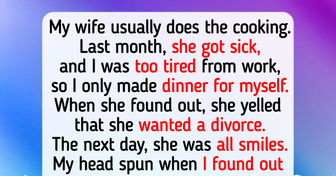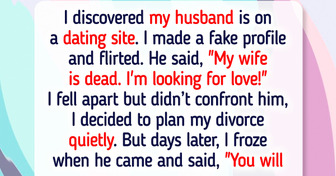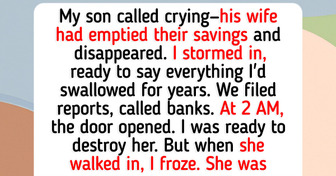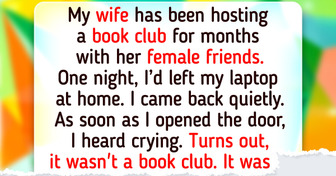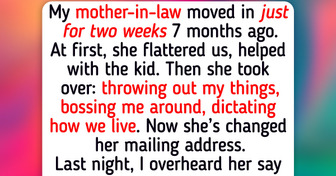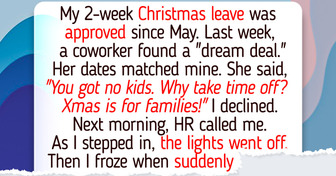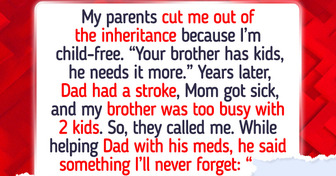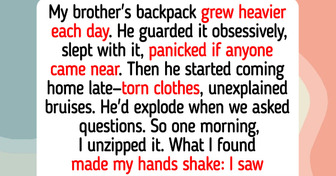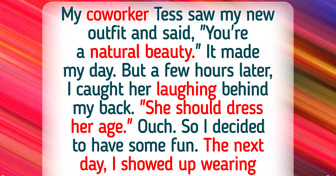My Best Friend’s Husband Wants to Be With Me—Now I’m Stuck in a Heartbreaking Dilemma
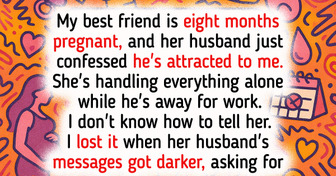
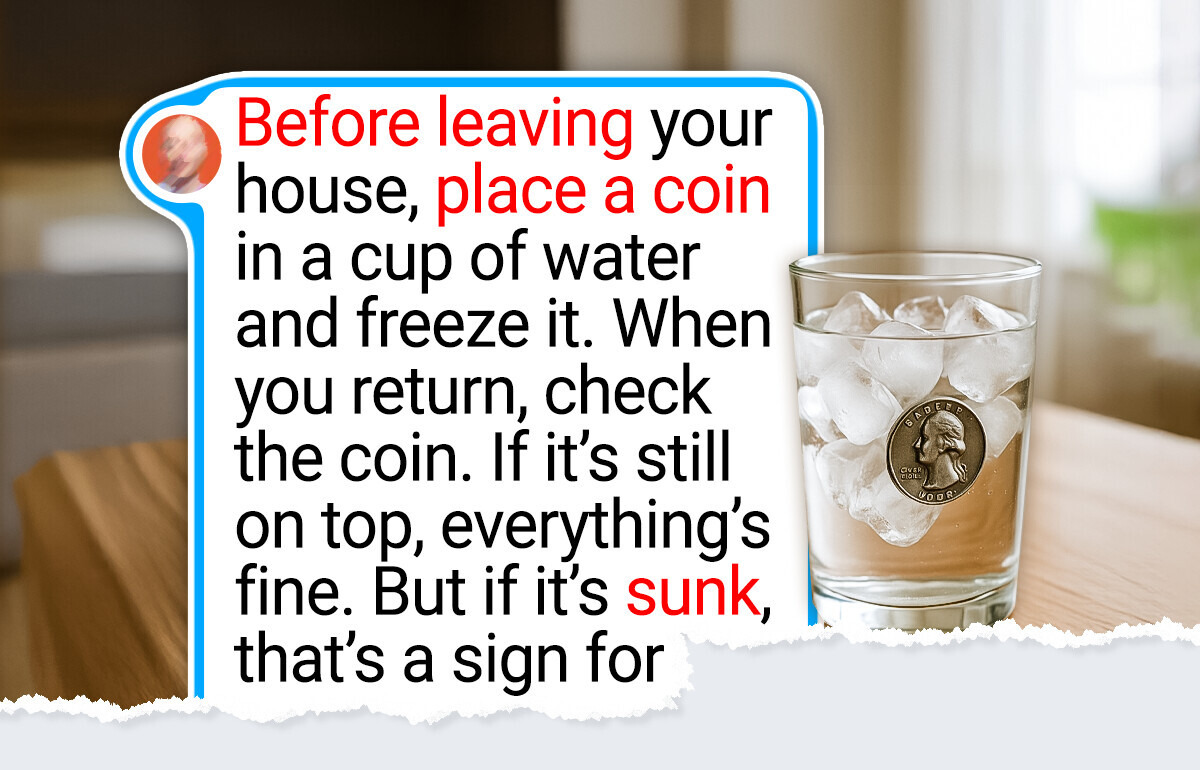
Picture this: you swing by your parents’ place while they’re away on vacation. Of course, you can’t resist checking the freezer for a snack, maybe some ice cream. But instead of rocky road, you spot something unexpected: a frozen cup of water with a coin resting on top.
Weird, right? What’s it doing there? It turns out, your parents might be ahead of the game. Read on to find out why this clever little trick is a smart home hack, one that could actually save you from some big problems.
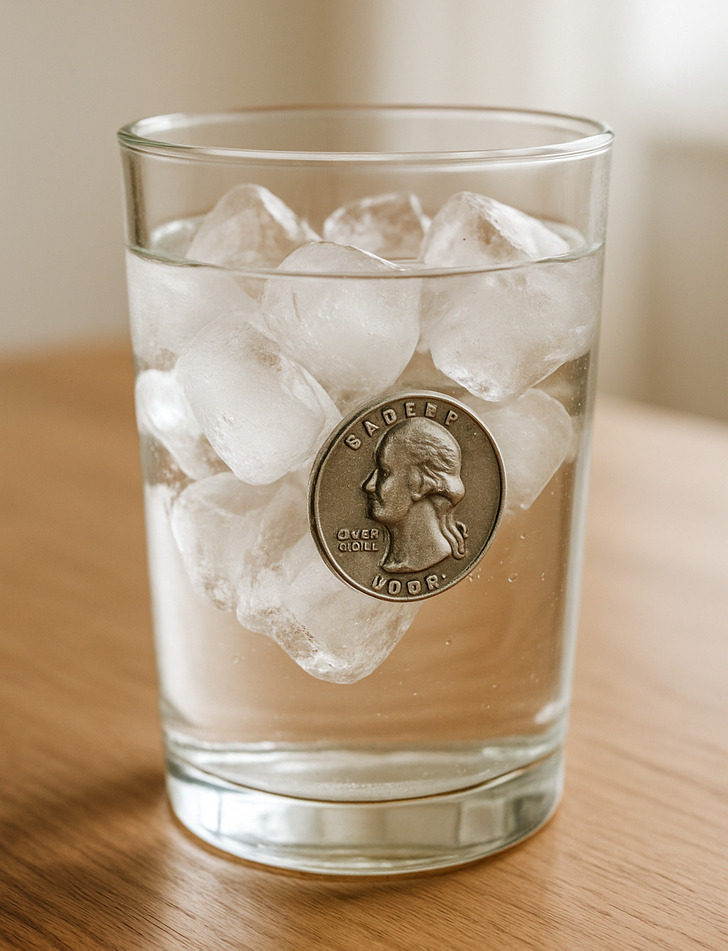
Ever come home from work or vacation and notice your digital clock is blinking? You might shrug it off, thinking a brief outage isn’t a big deal. But the truth is, you can’t tell how long the power was out—long enough, possibly, for your food to thaw, spoil, and refreeze without any visible signs.
One common consequence of these shifts is unexpected power outages. But there’s a smart, simple trick to tell if your freezer lost power while you were away: freeze a cup of water, place a coin on top, and leave it in your freezer.
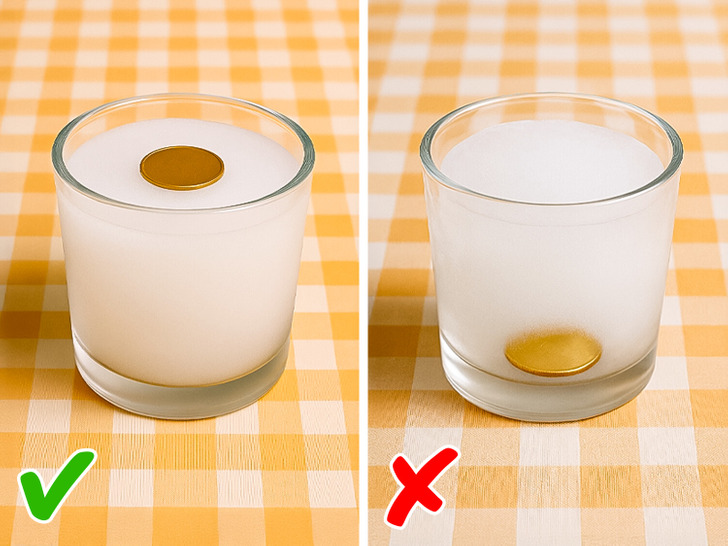
If the coin is still resting on top of the frozen water when you return, that means your freezer stayed cold the entire time, no power loss, no thawing, and your food is safe to eat.
However, if the coin has sunk to the bottom or is buried in the middle of the ice, that’s a red flag. It means the ice melted at some point, likely due to a power outage, and the coin sank as the water turned back to ice when the power was restored. This suggests your freezer got warm enough for food to thaw, which can lead to bacterial growth and spoilage, even if everything looks frozen again.
Food that thaws and refreezes might look perfectly fine, but it can be unsafe to eat. If it was at room temperature for several hours or worse, days, it could be contaminated with harmful bacteria. According to USDA guidelines, perishable food left above 40°F (4°C) for more than two hours can become unsafe to consume. That’s why this simple, no-cost freezer trick is a smart safety check.
To try it, use a clear glass, plastic container, or Tupperware. Fill it with water and freeze it uncovered. Once it’s fully frozen, place a coin on top of the ice and return it to the freezer.
When it comes to food—especially frozen food—a little extra caution can go a long way. Here are some clear visual (and even sensory) signs that your frozen food might have gone bad:
Ice crystals in the packaging.
Here’s another potentially lifesaving tip that’s been making the rounds on TikTok. One woman shared an important safety reminder—especially for other women: “When You Go Home at Night, Don’t Turn Your Lights on Immediately,” TikToker Shares a Life-Saving Tip for Women Who Live Alone

